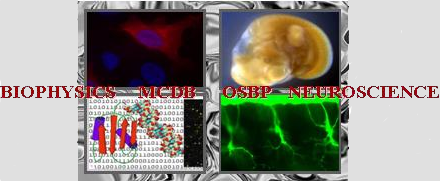Poster abstracts
Poster number 78 submitted by Zach Zixu Guo
The important role of complement protein C3 in noise-induced hearing loss and tissue pathology.
Zixu Guo (OSU, Department of Otolaryngology, NGP), Mina Shenouda (OSU), Angela Wang (OSU), Benjamin J Seicol (Johns Hopkins University), Shengyin Lin (OSU, Department of Otolaryngology)
Abstract:
Noise-induced hearing loss (NIHL) is characterized by dysfunction and pathological changes of the cochlea, including the loss of sensory hair cells and hair cell synapses. Clearance of damaged cells and synapses after noise exposure is thought to be carried out by supporting cells and cochlear macrophages. However, the underlying mechanisms that regulate this process remain unclear. The complement system is part of the innate immune system and plays important roles in removing cellular debris and apoptotic cells throughout the body, however, complement activation in the cochlea remains understudied. Among various complement factors, the activation of complement protein C3 is an essential functional hub of the complement cascade, resulting in the phagocytosis of dead or dying cells. However, our knowledge about the role of complement proteins, including C3, in both healthy and impaired auditory systems is still limited. Therefore, we sought to investigate whether C3 protein exists in the cochlea and if it plays a role in noise damage. To test this, we investigated C3 using immunohistochemistry in the cochlea of CBA/CaJ, wild type C57BL/6J (WT), and C3 knock-out (C3KO) mice that were noise exposed to an octave band noise (8–16 kHz). Mice were sacrificed and cochleae examined at various post-exposure times. We found damage-dependent C3 activity in the organ of Corti in mice after noise exposure. We found that C3 opsonized varies noise-damaged cellular structures, including degenerating OHCs, OHC debris, ribbon synapses, and efferent synaptic boutons. Importantly, noise-induced progressive hearing impairments and efferent synapse degeneration was prevented in C3KO mice, via the inhibition of chronic cochlear inflammation. Our results suggest that C3 plays an important role in NIHL. Ablating C3 has protective effects on noise-induced hearing impairments and cellular pathology, suggesting a potential new therapeutic target in treating NIHL.
Keywords: Noise-induced hearing loss, Complement system, Sensory hair cells and hair cell synapses
